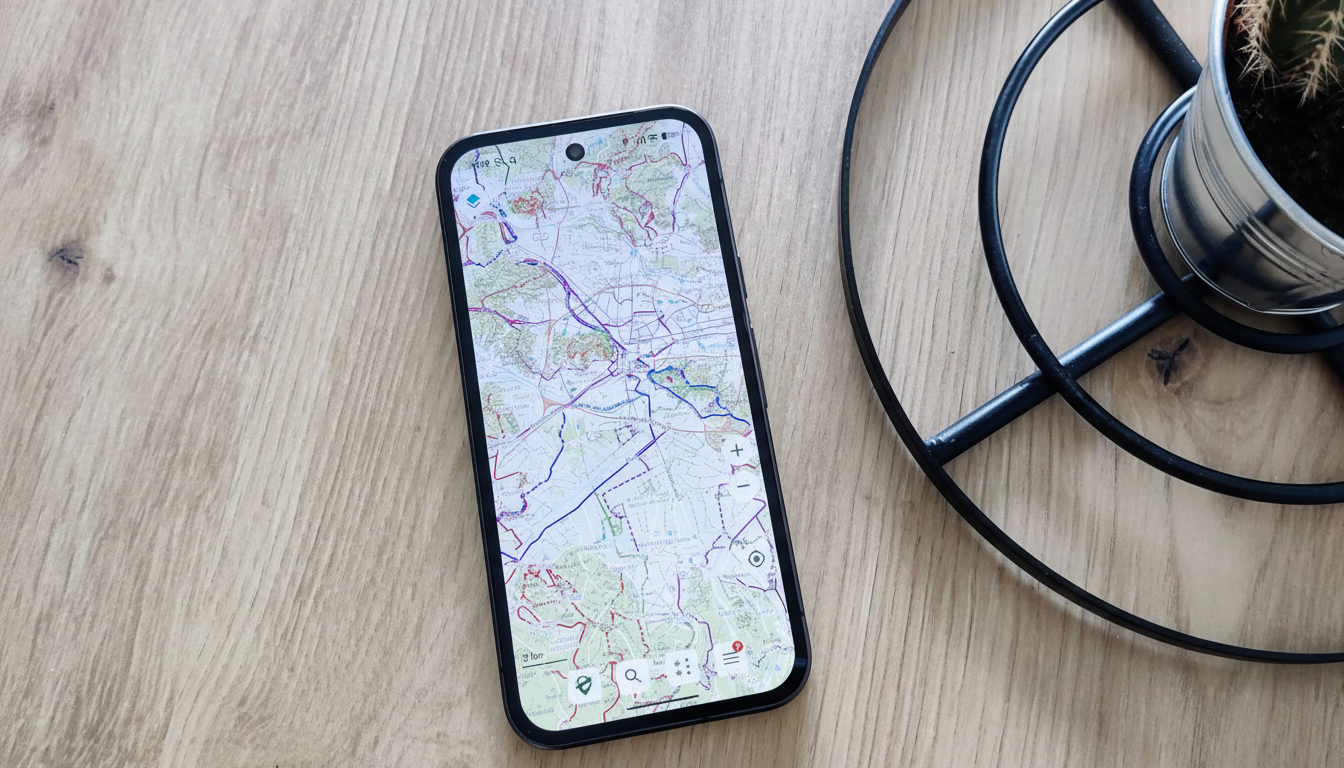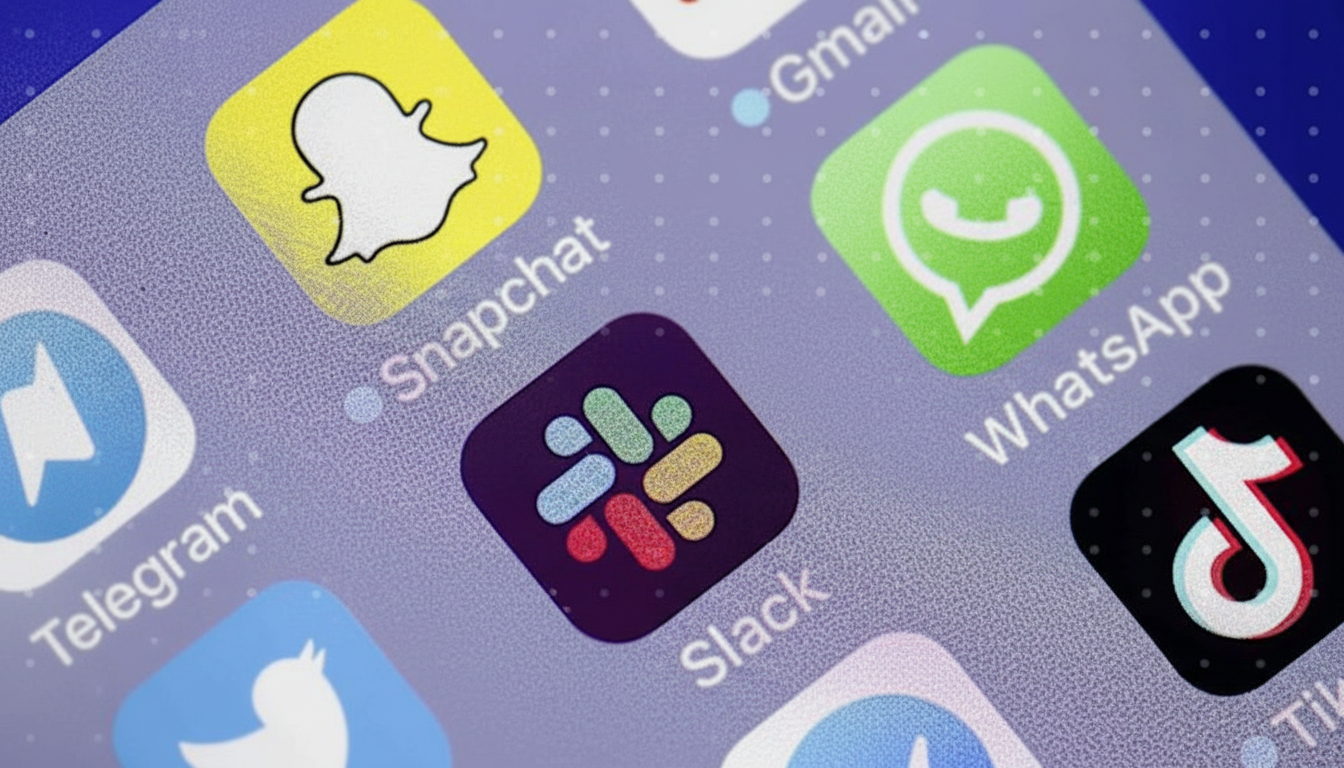If you’re uncomfortable with your digital footprint residing on corporate servers, you are not alone. Yet consumer concern is growing: Research from the Pew Research Center found that large majorities of Americans are concerned by how companies put their digital data to use, and industry surveys conducted by Cisco indicate more and more users still walk away from services they don’t trust. The skepticism has driven curiosity about “offline-first” tools — apps that work locally by default, and don’t require your data to be in the cloud.
Local storage is about more than privacy. It tends to be fast and reliable, and it protects you from sync outages or surprise policy changes. The trade-offs are not insignificant — you have to be the one to make stuff available (or back it up) from your other devices — but they add up. Inspired by the “local-first software” ideals articulated by the Ink & Switch research lab, here are five exceptional Android apps that do with your information what you want, and only on your device — without making you feel like it’s a compromise.
- Why Offline-First Apps Matter Now for Your Privacy
- Obsidian for Local Notes and Personal Knowledge
- KeePassDX for Local-Only Password Management
- Organic Maps for Offline, Private Navigation
- OpenScan for Secure, Offline Document Scanning
- Tasks.org for Distraction-Free Local To-Do Lists
- Put Offline-First Principles to Work for You

Why Offline-First Apps Matter Now for Your Privacy
Cloud breaches and service interruptions should serve to remind us that the convenience of cloud services also brings with it the risk of data compromise. With offline-first tech, the default in how we think about things is easy: your data remains with you. You have faster load times, less reliance on the network, and a greatly reduced attack surface. The trade-off is some manual backup DIY, and optionally self-managed sync via tools like Syncthing or a private server. For many, that is a reasonable bargain.
Obsidian for Local Notes and Personal Knowledge
Obsidian saves your notes as local Markdown files, so your “vault” is portable, survivable, and easy to back up. It has backlinks, a graph view, and an expandable canvas feature for visual planning — plus a prolific ecosystem of 1,000+ community plugins that run without needing a cloud account. If you’re transitioning from a cloud wiki or workspace, bulk exporting to Markdown generally leaves most of your structure and content intact, requiring less cleanup.
There is optional sync via a paid service, but you can totally keep it offline and replicate yourself. Power tip: employ device encryption and a strong screen lock, then back up your vault copy to an external drive or a peer-to-peer sync folder. That way you retain the privacy gains and avoid single-device risk.
KeePassDX for Local-Only Password Management
It’s not just important that passwords be secure; passwords are a natural target for attackers, and enormous breaches in recent years have driven home how crucial local control can be. KeePassDX is based on the famous and widely used Password Safe that uses the KDBX format (same as KeePass), now with updated modern encryption such as AES-256 and ChaCha20. Your vault lives on your device, and you can demand a master password plus a different key file for two-factor-style protection at rest.
The autofill integration in Android is well thought out, for most apps and sites at least, but it can be a bit finicky depending on the login screen. The upside: there’s no central server — or network behind it — to be compromised at the source. For cross-device use, you may sync the KDBX file yourself over an encrypted, user-controlled channel and make regular backups.
Organic Maps for Offline, Private Navigation
Organic Maps utilizes OpenStreetMap data, downloading regional maps for genuine offline turn-by-turn navigation. It works whether you’re traveling by car, bike, or foot and contains no telemetry or ad tracking whatsoever. In day-to-day usage, rerouting is snappy, and the battery life often beats more data-hungry options: The app doesn’t need to constantly hit the network.
There are caveats: no satellite view, no Street View, limited live traffic, and fewer venue reviews. But for traveling light on the ground without leaving a trail in someone’s analytics dashboard, it’s tough to beat. With all maps stored on your device, it’s the only place you’ll need to look for directions while traveling without cell service or Wi-Fi roaming charges.

OpenScan for Secure, Offline Document Scanning
OpenScan transforms your phone into a privacy-first scanner. Snap a receipt, contract, or ID, orient it the way you need to, and then export a clean PDF or image on-device. It features batch capture, contrast adjustments, and file renaming while not shipping your paperwork to a cloud OCR pipeline by default.
If you’ve been using a camera app with auto-uploading to the cloud drive, this is an offline replacement zone that will keep sensitive docs — tax forms, legal papers, or doctors’ charts — out of third-party stores.
Add in an encrypted folder and regularly recurring local backups for a strong, private document workflow.
Tasks.org for Distraction-Free Local To-Do Lists
Tasks.org is a clean, open-source task manager designed to cut down on distractions and create focus. You receive lists, tags, reminders, priorities, subtasks, and recurring schedules without an account. The app is clean and speedy too, bolstered by widgets that feel like they were built with Android users in mind, with no advertisements.
What you lose is a certain amount of convenience features available in big-name cloud apps — namely some high-quality natural language parsing for dates and times. If you want to connect between multiple devices, CalDAV sync is an option to host yourself or through a provider you trust, but the fundamental experience will be yours and your own.
Put Offline-First Principles to Work for You
Adopting offline-first is a change of mindset. A few habits make it painless:
- Set up full-disk encryption.
- Use strong, unique unlock methods.
- Schedule automated local backups.
- Periodically test restores.
In terms of optional sync, lean toward end-to-end encrypted or self-controlled options and pay attention to permissions — offline apps shouldn’t require invasive access.
The momentum is real. Now that people are asking for more control, offline-first tools are moving quickly to address feature gaps while ensuring privacy. Begin with a single category (notes, passwords, maps, scanning, or tasks), and create a stack of content that puts you back in the driver’s seat of managing your own data without compromising day-to-day efficiency.

